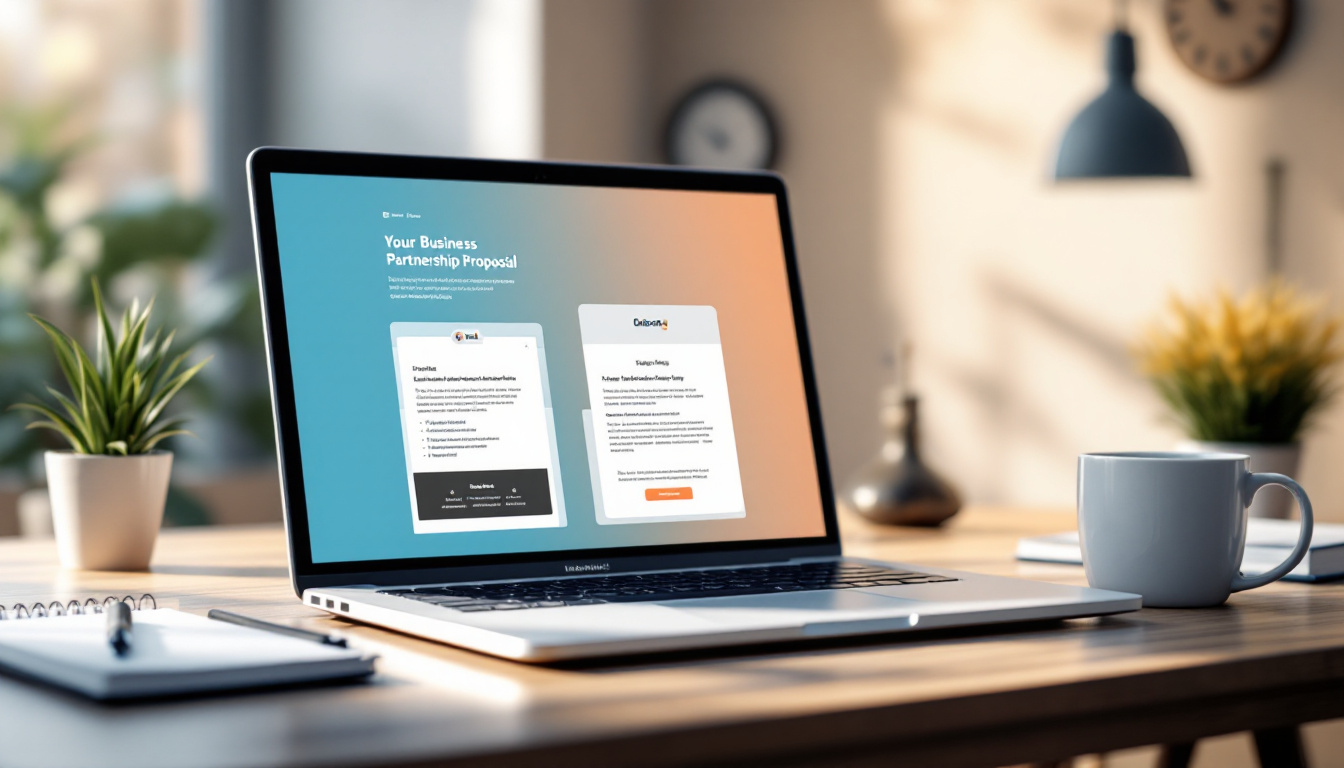Effectively Unite: 5 Email Templates to Follow Up with a Client After a Partnership Proposal
In the ever-changing business world, strategic collaboration remains a key pillar for accelerating growth. However, getting a response after the initial submission of a partnership proposal can quickly become a challenge. In 2025, mastering email follow-up is essential for transforming a proposal into a concrete collaboration. Each message must not only reiterate your offer but also rekindle interest, while remaining professional and engaging. Discover how to optimize your follow-ups with precise templates, adaptable to each situation, and subscribe to smoother communication on the cusp of new successes.
Why Follow-Up Is Crucial After a Partnership Proposal
After sending a collaboration or partnership offer, it’s not uncommon to encounter radio silence. Yet, each well-thought-out follow-up plays a fundamental role in the potential client’s decision-making process. Follow-up helps maintain engagement, clear up any doubts, and demonstrate your seriousness. At a time when 80% of business partners wait an average of five follow-ups before responding, investing in this approach becomes strategic. A well-targeted follow-up email can also make all the difference between a missed opportunity and a successful collaboration.
| Key Steps in Post-Proposal Follow-Up | Objectives |
|---|---|
| Respond promptly | Maintain the relationship and confirm receipt of the proposal |
| Personalize the approach | Adapt the message to the client’s specific situation |
| Highlight the value | Reiterate the benefits for the client |
| Create a clear call to action | Incentivize a response or a meeting |
| Automate the process | Ensure regular follow-up without overloading the work |
The Elements of a Good Partnership Follow-Up Email Template
Each follow-up message must follow certain guidelines to maximize its chances of engagement. Here are the essential elements to include in your email templates:
- A clear and impactful subject line : an explicit call to action or a reminder of the context
- A personalized and professional tone : name, reference to the proposal, specific context
- A brief reminder of the proposal : highlighting the key points and benefits
- A question or invitation : to encourage a response or set a meeting
- A polite and open closing phrase : leaving the door open for discussion
These elements ensure a structured, concise, and effective follow-up.
Concrete examples of email templates for following up after a proposal
Template 1: Friendly Follow-up — Maintaining Contact
Subject: Reminder: Partnership Proposal — Let’s Stay Connected
[Votre Entreprise]I just wanted to follow up on our recent discussion regarding the collaboration between and . I remain convinced that our partnership could add significant value to your business. Have you had the opportunity to review our proposal?[Leur Entreprise]
I am available to answer any questions or to schedule a meeting to discuss it in more detail.
I look forward to hearing from you and wish you a wonderful day.
Sincerely,
Template 2: Direct Follow-up — Clarifying Interest
Subject: Follow-up regarding our partnership offer
Please feel free to contact me with any questions or to schedule a meeting at your convenience.
I look forward to speaking with you soon.
Adapt your email templates to each context
It’s essential to personalize each follow-up to meet the client’s specific expectations. Whether it’s a follow-up after a meeting, a quote, or a simple initial proposal, each scenario requires a tailored approach:
- Follow-up after an initial meeting — Recall the context and suggest a next step
- Follow-up after sending a quote — Emphasize the value, ask for feedback
- Follow-up after a long period of inactivity — Refresh the proposal and propose a discussion
- Follow-up following a rejection — Propose a new offer or explore objections further
- Follow-up for a follow-up meeting — Clarify expectations and set a new date
In 2025, the key lies in consistent and relevant communication to transform a proposal into a solid partnership.
Tools and tips for automating customer follow-ups
To maximize the effectiveness of your follow-ups, automation is becoming an essential lever. By integrating tools like ClickUp or powerful CRMs, you can plan your follow-ups in advance and track each step of the process. Schedule automatic reminders
- to follow up if no response is received after a set timeframe Use reusable templates
- to save time and ensure consistency Analyze open and click rates
- to adjust messages Segment your audience
- to precisely target your prospects based on their behavior These strategies ensure continuous follow-up while avoiding overloading your sales workload. Customer service and business development combine to maximize every opportunity.
Automation Solution
| Benefits | ClickUp Automations |
|---|---|
| Precise scheduling, scheduled follow-ups, and real-time tracking | Specialized CRM |
| Integrated contact and interaction management | AI writing tools |
| Rapid generation of email templates tailored to each context | Best practices for incremental and effective follow-ups |
To avoid any risk of annoying your contact, here are some basic tips:
Wait a reasonable amount of time—generally between 3 and 7 days—before following up
- Don’t be pushy: prioritize quality over quantity of follow-ups
- Personalize messages: mention details specific to the relationship or proposal
- Remain professional and courteous, even when faced with prolonged silence
- Use an engaging tone, emphasizing the value to the client
- These golden rules promote constructive and lasting communication, essential for building a lasting relationship of trust.



